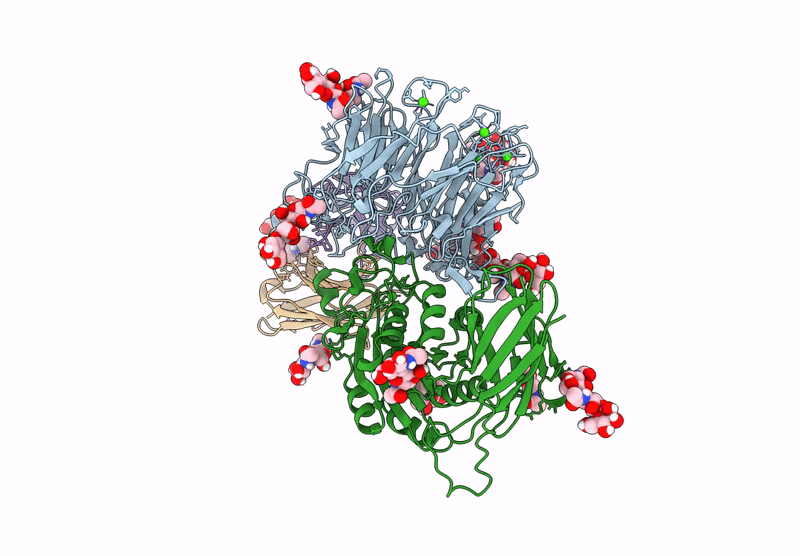
Deposition Date
2024-04-02
Release Date
2025-02-05
Last Version Date
2025-10-22
Entry Detail
PDB ID:
9B9J
Keywords:
Title:
Integrin alpha-5 beta-1 in complex with BIIG2 Fab
Biological Source:
Source Organism:
Homo sapiens (Taxon ID: 9606)
Rattus norvegicus (Taxon ID: 10116)
Rattus norvegicus (Taxon ID: 10116)
Host Organism:
Method Details:
Experimental Method:
Resolution:
2.60 Å
Aggregation State:
PARTICLE
Reconstruction Method:
SINGLE PARTICLE


